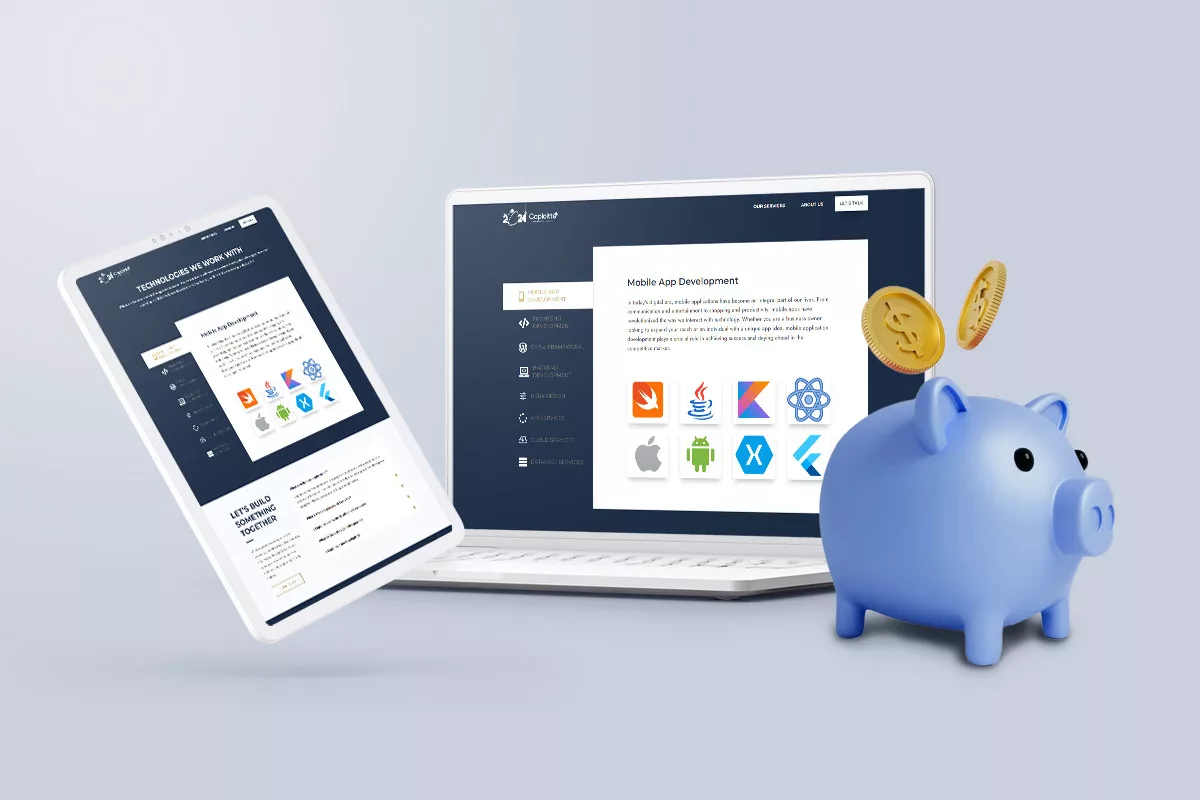The Crucial Significance of Responsive Design in the Modern Tech World of 2024
-
Caploitte
-
13 Mar 2024
-
04 Min Read
Evolution of Technology
Mobile-First Approach
Enhanced User Experience
Search Engine Optimization (SEO) Benefits
Cost-Effectiveness and Maintenance
Future-Proofing Your Digital Presence
Conclusion
In the ever-evolving landscape of technology, one aspect that continues to hold paramount importance is responsive design. As we step into 2024, the significance of responsive design in the tech industry has become more critical than ever. This blog post delves into the reasons why responsive design is a non-negotiable element for websites and applications in today’s dynamic technological era.
Evolution of Technology

The technological landscape is constantly evolving, with an array of devices and screen sizes available to users. From smartphones and tablets to smart TVs and desktops, the diversity of devices requires websites and applications to adapt seamlessly. Responsive design ensures a consistent and optimal user experience across all these devices, catering to the preferences and habits of modern consumers.
Mobile-First Approach

With the majority of internet users accessing content through mobile devices, a mobile-first approach has become the norm. Responsive design aligns perfectly with this approach, allowing websites and applications to prioritise mobile users without compromising on the experience for desktop users. This adaptability is crucial in reaching and engaging a broader audience.
Enhanced User Experience

User experience (UX) is a cornerstone of the success of any digital product. Responsive design plays a pivotal role in enhancing UX by providing a seamless and enjoyable interaction across various devices. The elimination of zooming, scrolling issues, and distorted layouts contributes to higher user satisfaction and engagement.
Search Engine Optimization (SEO) Benefits

Google, the leading search engine, favours mobile-friendly websites in its ranking algorithm. Responsive design, which ensures a consistent URL and HTML for all devices, simplifies the SEO process. This not only improves search engine rankings but also makes it easier for users to find and share content.
Cost-Effectiveness and Maintenance

Maintaining multiple versions of a website or application for different devices can be resource-intensive. Responsive design streamlines the development and maintenance processes, reducing costs associated with managing separate codes for various platforms. This cost-effectiveness is particularly advantageous for startups and small businesses.
Future-Proofing Your Digital Presence

As technology continues to advance, new devices and screen sizes will emerge. Responsive design acts as a future-proofing strategy, ensuring that your digital presence remains adaptable to upcoming technological trends. Investing in responsive design now is an investment in the long-term viability of your digital assets.
Conclusion
In conclusion, responsive design is not just a trend but a fundamental requirement in the modern tech world of 2024. It addresses the challenges posed by diverse devices, prioritises the mobile audience, enhances user experience, boosts SEO, saves costs, and future-proofs digital assets. Embracing responsive design is not only a best practice but a necessity for staying relevant and competitive in today’s ever-changing digital landscape.
Share this post:
Read More
- All
- AI
- AR
- DevOps and CI/CD
- E-commerce
- FinTech
- IoT
- Mobile Development
- Outstaffing
- Security
- SEO
- Tech Trends
- Web Design
- Web Development




